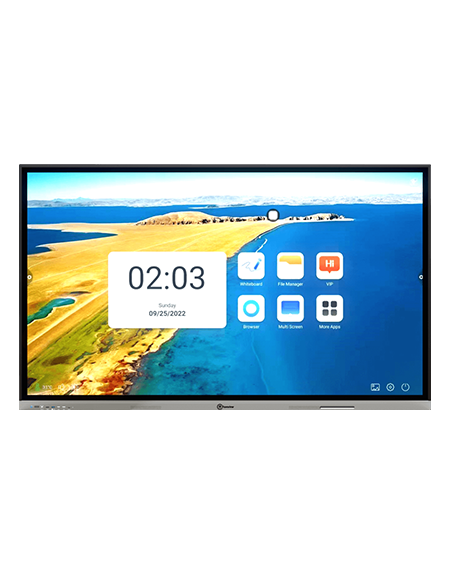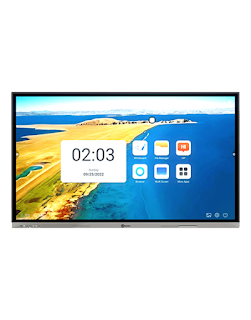Glass is a versatile and fascinating material that has been used for centuries in buildings, from the grandest of cathedrals to the smallest of windows
Today, it is a popular building material for its aesthetic appeal, energy efficiency, and sustainability. In this blog post, we will explore the use of glass as a building material, its benefits, and address some frequently asked questions.
Benefits of Glass as a Building Material:
Natural Light - Glass allows natural light to enter buildings, which can help reduce energy costs by reducing the need for artificial lighting. It also has positive impacts on mental health, productivity, and general well-being of the occupants.
Aesthetic appeal - Glass provides a modern, sleek look to buildings, making them appear more attractive to potential customers or visitors.
Energy Efficiency - With the development of double- and triple-glazed windows, glass has become more energy-efficient, reducing heat loss in colder climates and solar gain in hotter climates. This can also reduce energy consumption, resulting in lower energy bills and carbon footprint.
Durability - Glass is a durable material that is resistant to weather, corrosion, and degradation over time. It is also easy to maintain and clean.
FAQs:
Is glass safe to use in buildings?
Yes, glass is safe to use in buildings. The use of tempered or laminated glass can increase the safety of glass in buildings. Tempered glass is four to five times stronger than regular glass and is less likely to shatter, making it safer. Laminated glass is made up of two or more layers of glass with a plastic interlayer, which holds the glass together when it breaks, making it safer for use in buildings.
What types of glass are available for use in buildings?
There are several types of glass available for use in buildings, including float glass, tempered glass, laminated glass, insulated glass, and low-emissivity (Low-E) glass. Float glass is the most common type of glass used in buildings, and it is made by floating molten glass on a bed of molten tin. Tempered glass is heat-treated to make it stronger, and laminated glass is made by sandwiching layers of plastic between two or more sheets of glass. Insulated glass is made up of two or more glass panes separated by an air or gas-filled space to provide insulation, and Low-E glass has a special coating that reflects heat.
Can glass be used in all types of buildings?
Glass can be used in most types of buildings, but it may not be suitable for all applications. For example, in buildings with high wind loads, special considerations may need to be taken to ensure that the glass is strong enough to withstand the forces of nature. Similarly, in buildings with high levels of noise pollution, special types of glass, such as laminated glass, may need to be used to reduce sound transmission.
Is glass environmentally friendly?
Yes, glass is environmentally friendly. It is a recyclable material that can be recycled indefinitely without losing quality. The use of energy-efficient glass can also reduce energy consumption and the carbon footprint of a building, making it more sustainable. Additionally, using natural light can also reduce the need for artificial lighting, further reducing energy consumption.
Conclusion:
Glass is an excellent building material that offers a range of benefits, including natural light, aesthetic appeal, energy efficiency, and sustainability. With proper installation and maintenance, it is a safe and durable material that can be used in a wide range of building applications. By addressing common concerns and misconceptions surrounding glass as a building material, we hope to have helped you understand the advantages and potential of using glass in construction.




Comments
Post a Comment